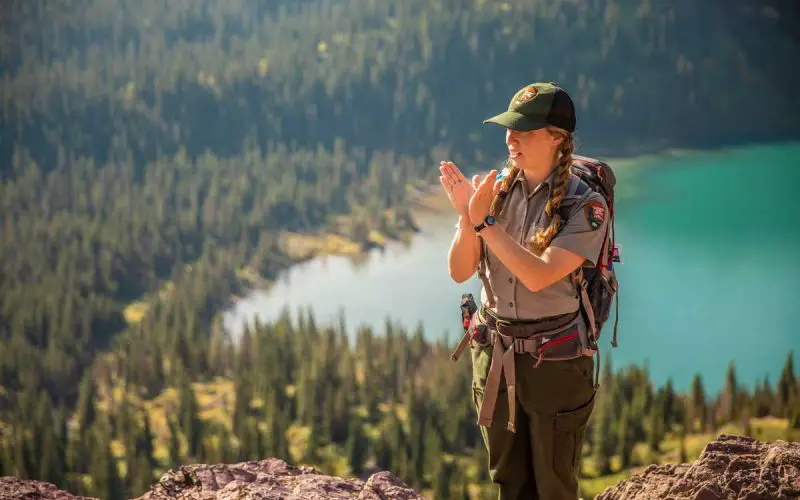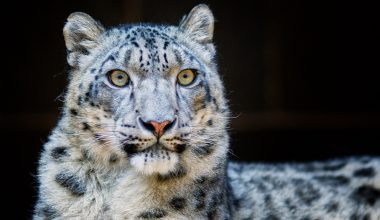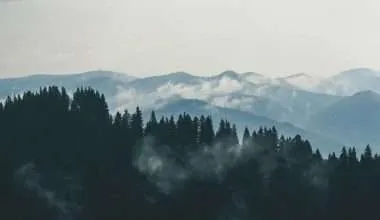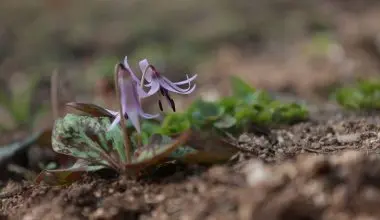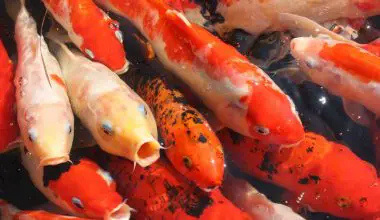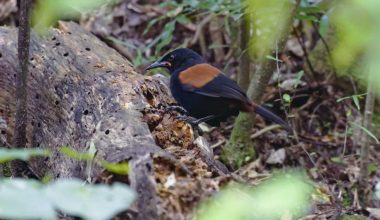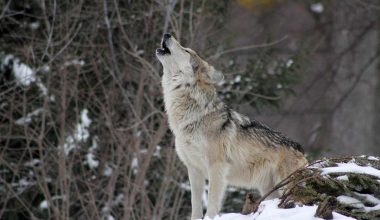Table of Contents Show
We are beginning to see our natural resources start to deplete due to rapid demand by consumers. This is mainly due to the ever-growing population across the world.
We have to be more cautious in use of natural resources provided by our planet. This will allow our future generations to utilize these resources as well. That’s where a conservationist comes into play.
What is a Conservationist?
A conservationist is a person who works to conserve things, places, biological life (endangered plants and animals) as well as ecosystems.
A conservationist can work in a wide variety of disciplines but ultimately all of them have the same end goal, which is to maintain the planet’s health and conserve it for future generations.
A professional conservationist can choose to work any of two roles. These are within the respective fields of archaeology, cultural heritage, ecology of plants and animals, and much more.
The first of the two pathways is working “on the ground” as an interventionist.
The second is to become a conservationist biologist who does conservation work in labs. A conservation scientist focuses on theoretical aspects of conservation. You can also refer to them as a theoretical conservationist.
A scientist working to artificially make Northern white rhino embryos for saving rhino species is termed as a conservation scientist / conservation biologist. Some may call him a ‘wildlife biologist’.
Conservation officer who fights and protects rhinos from poaching in protected areas are interventionists.
If you’re an aspiring conservationist and looking to choose the pathway become a conservation scientist, start reading up more about conservation biology.
There are some subsets to the field as well.
For example, a conservation worker who focuses on preventing soil erosion and tries to conserve soil fertility, he might be referred to as a ‘soil conservationist’.
There are other subsets, involving wildlife management, which we’ll talk about later in the article.
Conservationist vs. Preservationist
Preservationists are people that support preservation of artificial objects e.g. buildings, structures, and artifacts from damage. Usually, these objects are historically or architecturally significant.
Most preservationists are concerned with preserving historic buildings, landscapes, and objects. This is why they are often referred to as a historical preservationist.
For example, preservationists are responsible for ensuring that Egyptian pyramids are not altered, disturbed, or destroyed in any way.
However, preservationists also play a key role when it’s about caring for the environment. They can help identify, mark out, and then rightly protect these places from human activities.
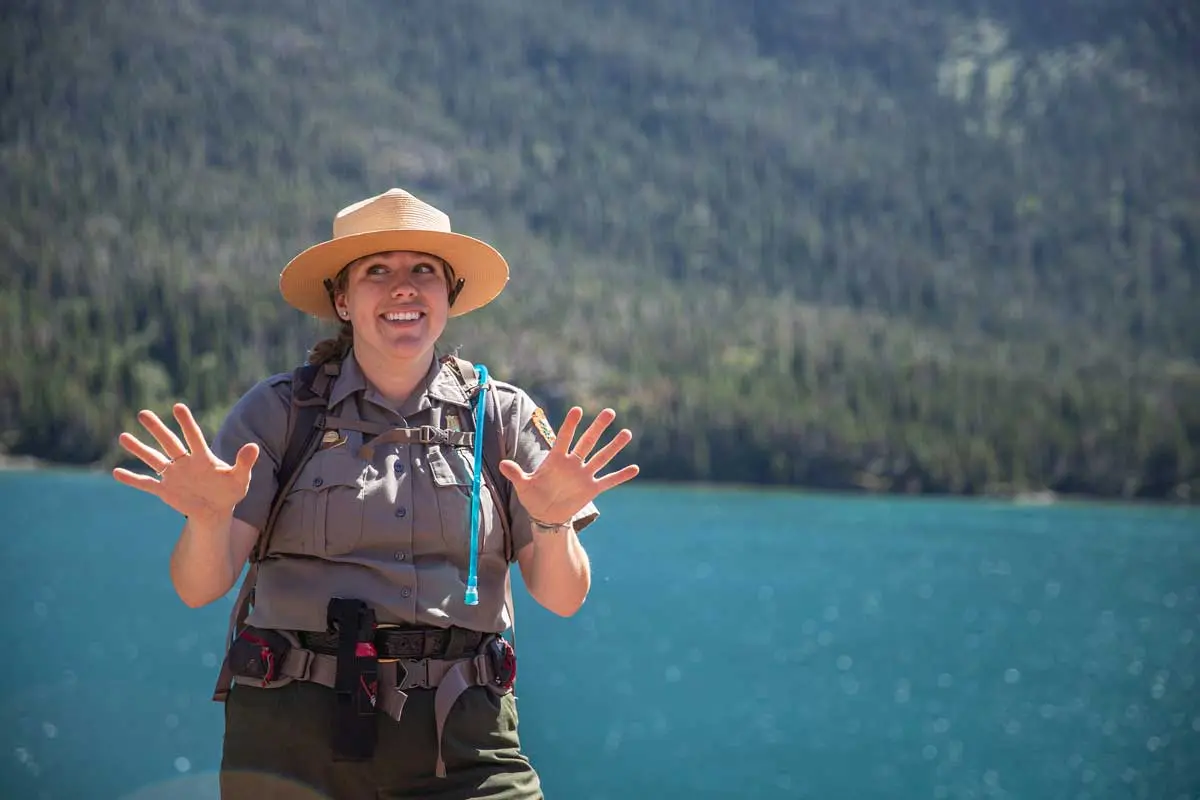
If its food, shelter, or simple leisure activities, we can often use more than our share of the environment. Preservationists tell us when and where our activities start to impact nature adversely. That’s the time to leave a place and let nature be in peace.
Preservationists can sometimes STOP you from using natural resources, just to preserve them.
Looking back at history; Preservationist groups, led by John Muir ‘Father of the National Parks’, were only formed because they claimed that conservationist policies were not enough to protect the best of Earth’s interests, especially in the eyes of those who used the natural world’s resources to make money (like the timber industry).
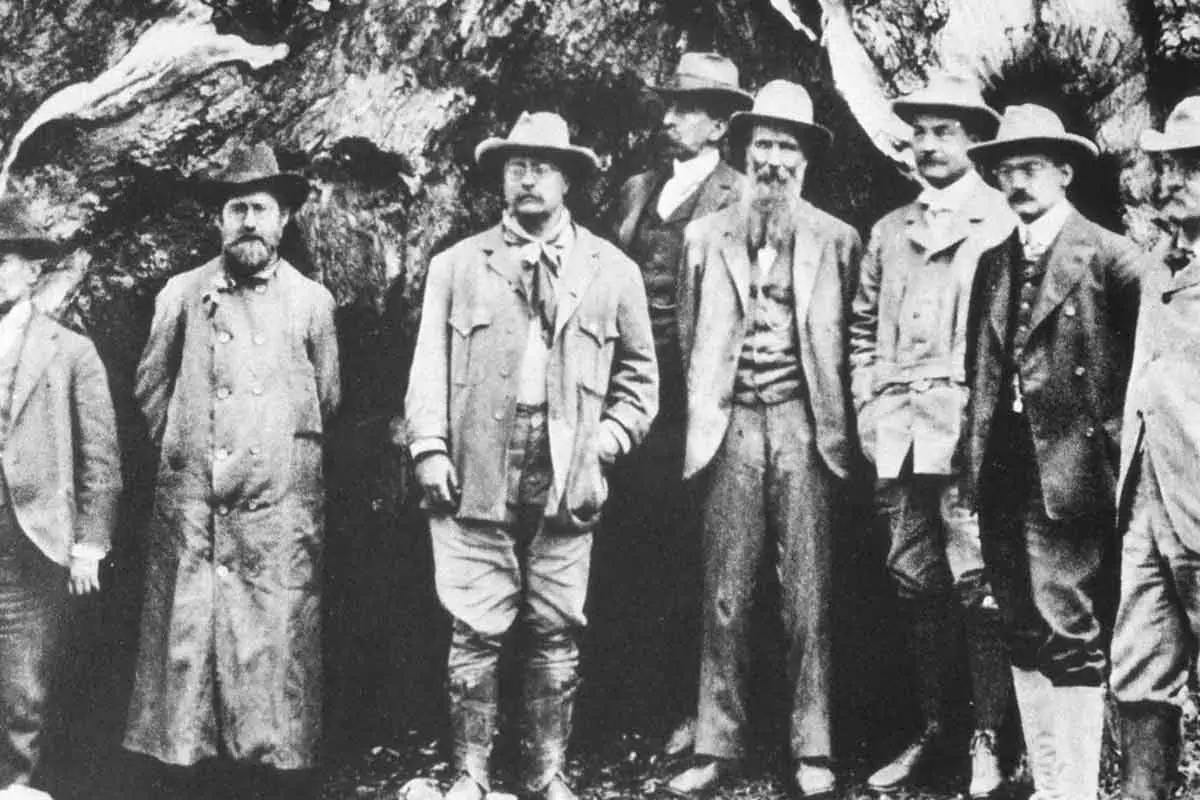
Both groups appeared in political debates during the Progressive Era (1890 to 1920s).
Conservationists promote that you use earth’s resources, but all they ask of you is to use those resources in a sustainable, conserving manner.
They help and evaluate how quickly we are depleting our planet’s resources and accordingly advise us to limit our use of environment and its supplies. This saves valuable resources from becoming depleted due to overuse.
Conservationists are frequently monitoring the sustainability of things such as timber trees, water, and even fishing sports. They provide awareness to the population and encourage them to carry out the practices of reduce reuse, and recycling.
They also work in the protection of endangered animals which, due to habitat destruction, have lost their ecosystems. They restore wildlife habitat and improve conditions for new life, preventing these threatened species from becoming extinct and maintaining their biodiversity.
Conservationist vs Preservationist Table
| Conservationist | Preservationist |
|---|---|
| Concerned with conserving natural resources; ‘Use, but with care‘ | Concerned with preserving natural resources ‘Do not use!’ |
| Shows how our natural resources can be used sustainably | Protects ecosystems, landscapes, historical sites, and artifacts from being disturbed or damaged; |
| Promotes reduce, reuse, and recycling. 3Rs | Separates vulnerable sites from all human activities |
Conservationist vs Preservationist Examples
1st Example
Imagine you’re drilling oil from an area.
A preservationist will stop you from drilling, simply because it’s a natural resource and we need to preserve it.
A conservationist might tell you to stop drilling, depending on certain conditions. If the oil is plenty, and you plan to use small buckets of it, they will allow you. However, if the oil is limited in relation to your demand, and you plan to use containers of it, he/she would advise against it.
Sadly, our oil reserves have depleted to a point where both of them advise against pumping out more oil and look for alternative renewable sources of energy.
2nd Example: A Forester.
Imagine you want to harvest timber from a forest.
If the forester allows you cut down trees on conditions to replace them with new plantation, he’s a conservationist. However, if he stops you from harming trees regardless of your sustainability efforts, he’s a preservationist.
Conservationist vs. Environmentalist
An environmentalist is someone whose agenda and work is to save, preserve, and protect the environment from human abuse.
People consistently cause environmental damage; it can be avoided if they are more aware of the fatal consequences to the environment.
Environmentalists are more focused on the ideology of environmentalism. They believe that nature is sacred and man should not intrude or damage the environment in any shape or form.
Famous Conservationist Examples
Hey, I want to see YOUR name in one of these featured examples!
Theodore Roosevelt
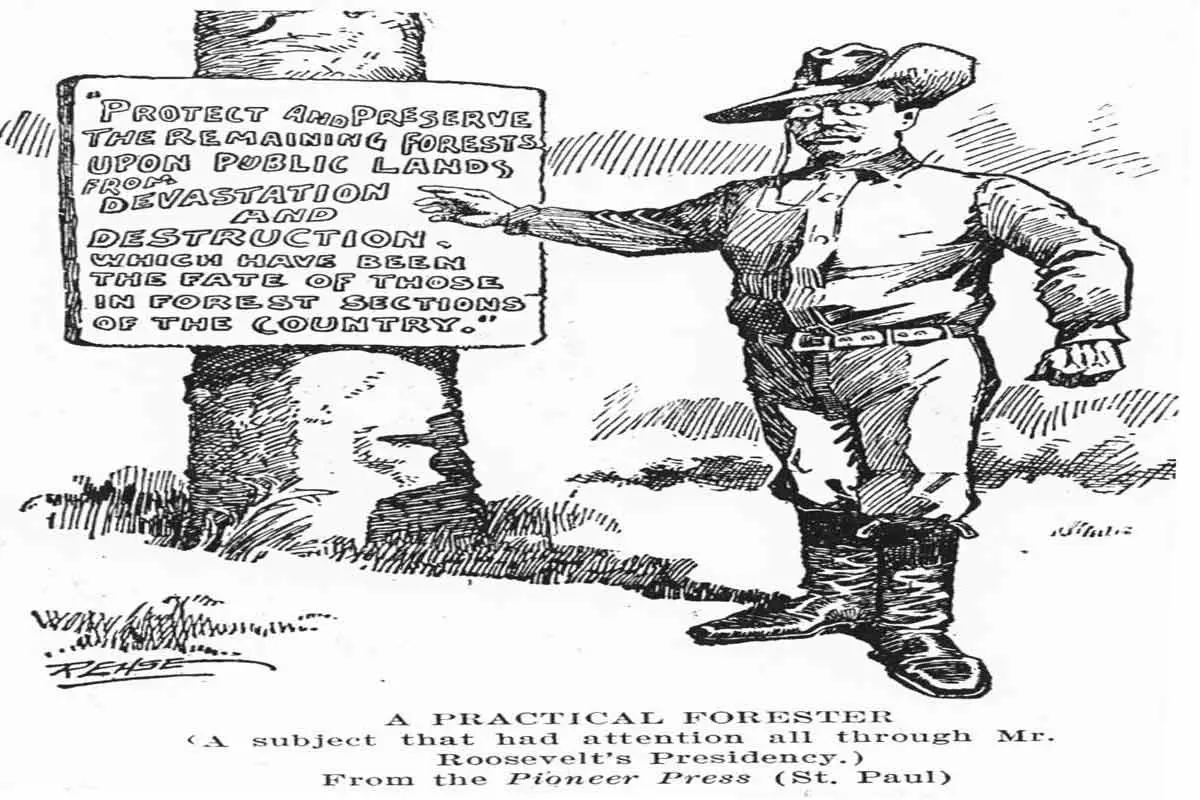
Roosevelt started as a big game hunter, but he soon adapted to conservation as his passion. This was after witnessing the decimation of species in the West.
Teddy Roosevelt went on to create the United States Forest Service, established several bird reservations, national forest lands, and 5 national parks.
The National Park Services states that Roosevelt has protected about 230 million acres of public land throughout his tenure as president.
Initially, US government used to have Laissez-faire stance towards private properties. This stance allowed private landowners, including timber and mining companies, to do whatever to their privately-owned lands. Roosevelt observed that Laissez-faire position was wasteful, inefficient and very unsustainable.
In he came with long-term conservation plans, made with help from national experts, which will ensure and maximize the long-term benefits from natural resources for the United States.
Margaret “Mardy” Murie
The woman was deemed as “Grandmother of the conservation movement” for her work in promoting the Wilderness Act of 1965.
This act allowed protection of 9.1 million acres of federal land and created the Arctic National Wildlife Refuge. This wildlife refuge spanned over 19 million acres and was the largest national wildlife refuge in the United States.
Murie received the Presidential Medal of Freedom in 1998; for her continued efforts to protect and conserve the environment.
Steve Irwin

Given the nickname of “The Crocodile Hunter”, Steve Irwin was an Australian zookeeper, wildlife expert, television personality, and an environmentalist.
He worked relentlessly to keep wildlife and the environment safe. He also went on to establish the Steve Irwin Conservation Foundation (renamed Wildlife Warriors Worldwide), the International Crocodile Rescue, Iron Bank Station Wildlife Rehabilitation Facility, and the Lyn Irwin Memorial Fund.
He was also an advocate of eco-tourism and strongly believed in sustainable consumerism.
Sir David Attenborough
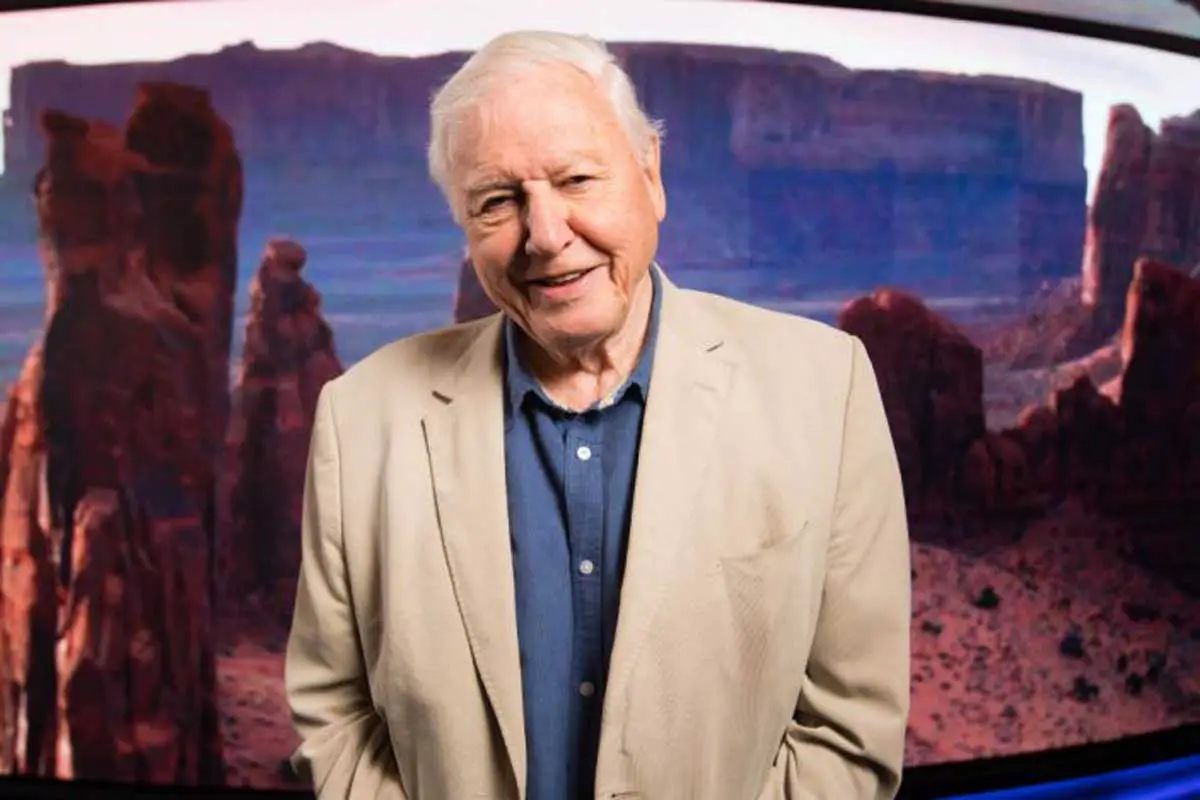
Anyone who loves watching nature programs will instantly recognize the famous voice of this British personality.
You don’t?
Well he’s an Emmy and BAFTA winner, count it as a loss!
Recently, he narrated in the highly acclaimed documentary series “Planet Earth”. You can find it on Netflix; Highly recommend!
He also co-wrote and narrated “Life”.
He has greatly contributed towards the conservation of many species, especially in rainforests.
Attenborough is the president of the Butterfly Conservation, which was also headed by a fellow conservationist, Sir Peter Scott.
Marlin Perkins
Mr. Perkins was the first host of engaging and revolutionary nature program, “Mutual of Omaha’s Wild Kingdom”.
He was perfect for this job; having experience as the director of Lincoln Park Zoo and also previously being the host of the same Zoo’s “Zoo Parade” TV show.
Marlin Perkins became the name and face of many conservationists in the country.
His role as a host of “Wild Kingdom” encouraged him to actively work towards protection of endangered species. In 1971, Perkins co-founded the Wild Canid Survival and Research Center. It is now renamed as Endangered Wolf Center.
What is a Conservationist Organization?
Any organization working actively towards protecting and conserving things, places, biological life (endangered plants and animals), ecosystems as well as other forms of natural resources can be termed as a conservationist organization.
Most of the workforce members of a conservationist organization can be referred to as conservationists. Even you can officially be a conservationist if you choose to work or volunteer for these organizations.
However, if you join or not, I believe there’s a conservationist part in all of us.
P.S: Another term you might hear often is ‘conservation land trust’. This is a private non-profit corporation that buys up naturally-diverse or productive lands just for the sole purpose of limiting commercial development and preserving them.
These areas can also be called land or nature conservancy.
List of Conservationist Organizations
Here are some of the well-known conservationist organizations known worldwide. Feel free to check them out through those links.
World Wide Fund for Nature
You know, when we first set up WWF, our objective was to save endangered species from extinction. But we have failed completely; we haven’t managed to save a single one. If only we had put all that money into condoms, we might have done some good.
Sir Peter Scott, Founder of the World Wide Fund for Nature, Cosmos Magazine, 2010
Founded in 1961, the World Wide Fund for Nature (WWF) is the World’s largest conservationist organization.
It works in the field of wilderness preservation, and the reduction of negative human impact on the environment. It was formerly named the “World Wildlife Fund”, which till this date remains its official name in the United States and Canada.
WWF is the largest conservation organization In the world having over five million supporters across the globe, working in over 100 countries, and supporting more than a thousand conservation and environmental projects. Since 1995, over $1 billion has been spent in over 12,000 conservation initiatives.
WWF aims to “stop the degradation of the planet’s natural environment and to build a future in which humans live in harmony with nature”. WWF since 1998, after every 2 years publishes a report known as The Living Planet Report; based on the ecological footprint calculations as well as Living Planet Index.
The organization has gone onto launch several widely notable campaigns worldwide such as Debt-for-Nature Swap and Earth Hour, with current work organized around these sixes areas:
- Freshwater
- Wildlife
- Forests
- Oceans
- Food
- Climate
Conservation International
An American non-profit environmental organization with its headquarters located in Arlington, Virginia.
You can find them here:
Florida Fish and Wildlife Conservation Commission
The organization deals with the management of fish and wildlife resources. Its focus on sustainable fishery is for the long-term well-being and benefit of people.
You can find them here:
Humane Society of the United States
This is the United States’ most effective animal organization. The HSUS mission is to take on puppy mills, factory farms, trophy hunting, fur trading, animal cosmetic testing, and other cruel industries.
They will fight hard when it comes to any inhumane practices being carried out against nature on American soil.
You can find them here:
https://www.humanesociety.org/
National Wildlife Federation
The federation is the United States’ largest private non-profit conservation, advocacy, and education organization. The National Wildlife Federation has over six million members and supporters, as well as support from 51 states and state-affiliated organizations as well.
You can find them here:
International Fund for Animal Welfare
This organization works to rescue individual animals, preserve habitats, safeguard populations, and advocate for greater protection habitats and conservation centers.
You can find them here:
https://www.ifaw.org/international
Oceana
The Oceana campaign protects and restores the world’s oceans. Their team of lawyers, advocates, and marine scientists develop policies and battle specific policy changes to reduce pollution and prevent irreversible collapse of fish populations, marine mammals, along with other sea life.
You can find them here:
Conservationist Careers
What Is a Wildlife Conservationist?
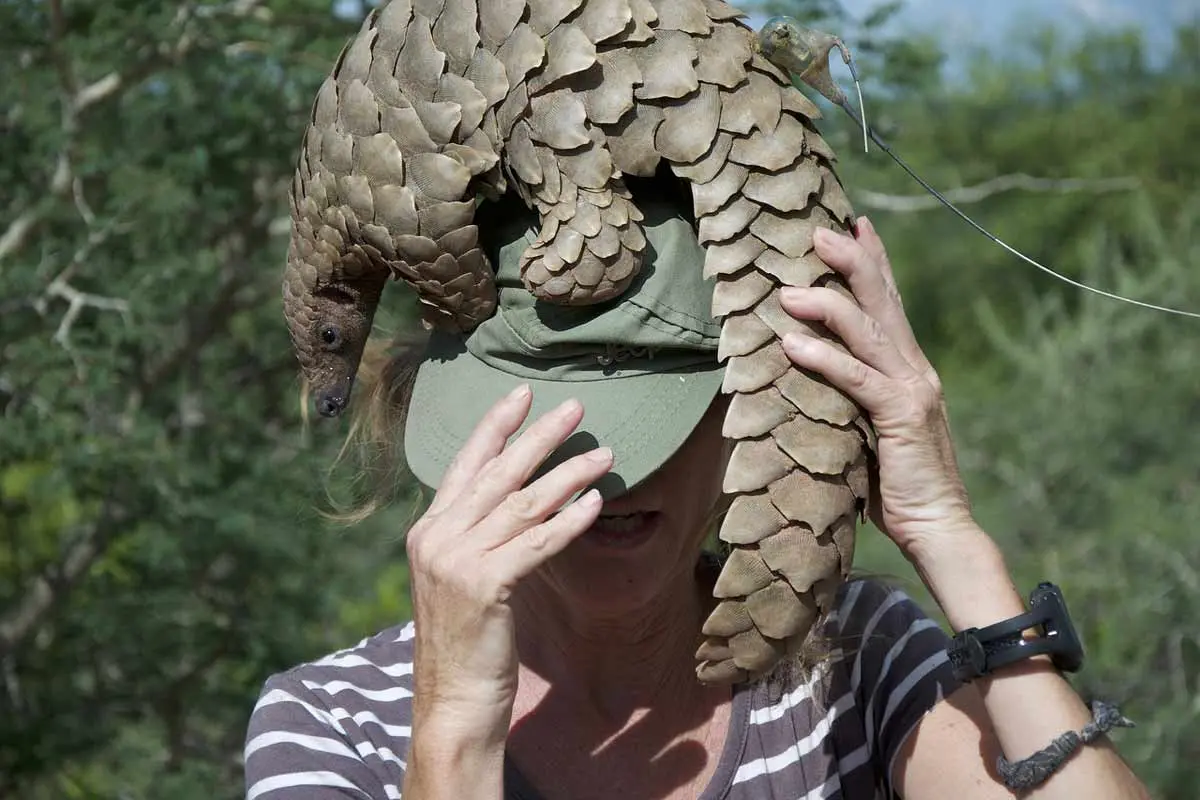
A wildlife conservationist is a scientist who specifically focuses on the work concerning the protection of wildlife species. A wildlife conservationist can also do fieldwork, consultation, laboratory research, and policy advocacy.
The primary area of focus of a wildlife conservationist includes:
- Areas where humans are negatively affecting wildlife habitat
- Where Animals negatively impact humans
- Areas with declining Wildlife populations / biodiversity
- Damaged crops due to human action or otherwise
Basically anywhere there is damage being done to the environment, or if matters are out of harmony.
Educational requirements to become a wildlife conservationist
To become a wildlife conservationist, you will require a Bachelors’ or a Master’s degree in any of the following disciplines:
- Agricultural science
- Rangeland management
- Forestry
- Environmental science (Wildlife Biology)
Where will a conservationist be able to work?
U.S Bureau of Labor Statistics stated that 74% of conservation scientists worked for government agencies as of 2018.
Most of the job requires you to
- Find new donors
- Raise funds
- Travel to far-flung places and examine endangered habitats for biological diversity
- Develop and discuss policies with government officials and local authorities
- Start petitions to bring awareness to the cause of wildlife conservation
How much can a conservationist earn?
U.S Bureau of Labor Statistics states that the average annual salary for a conservation scientist is $61,310.
Earners at the 25th percentile made $46,210, while those on the 75th percentile went onto make $79,600. Most of the high-wage earners were those working for businesses, professions, labor, political, and similar occupations.
However, those working in scientific research and development with the federal government also racked in high annual salaries.
Job demand for conservationists
It is said that the average demand for conservation scientist will grow around 7% from 2014 to 2024.
Demand can vary between the employer, industry, client, and much more. Hence, it is difficult to determine the potential for students and graduates to pinpoint the increase in demand.
It is expected that the demand for animal, botanical, and ecological conservationists will grow quicker.
What is a Game Warden / Conservation officer?
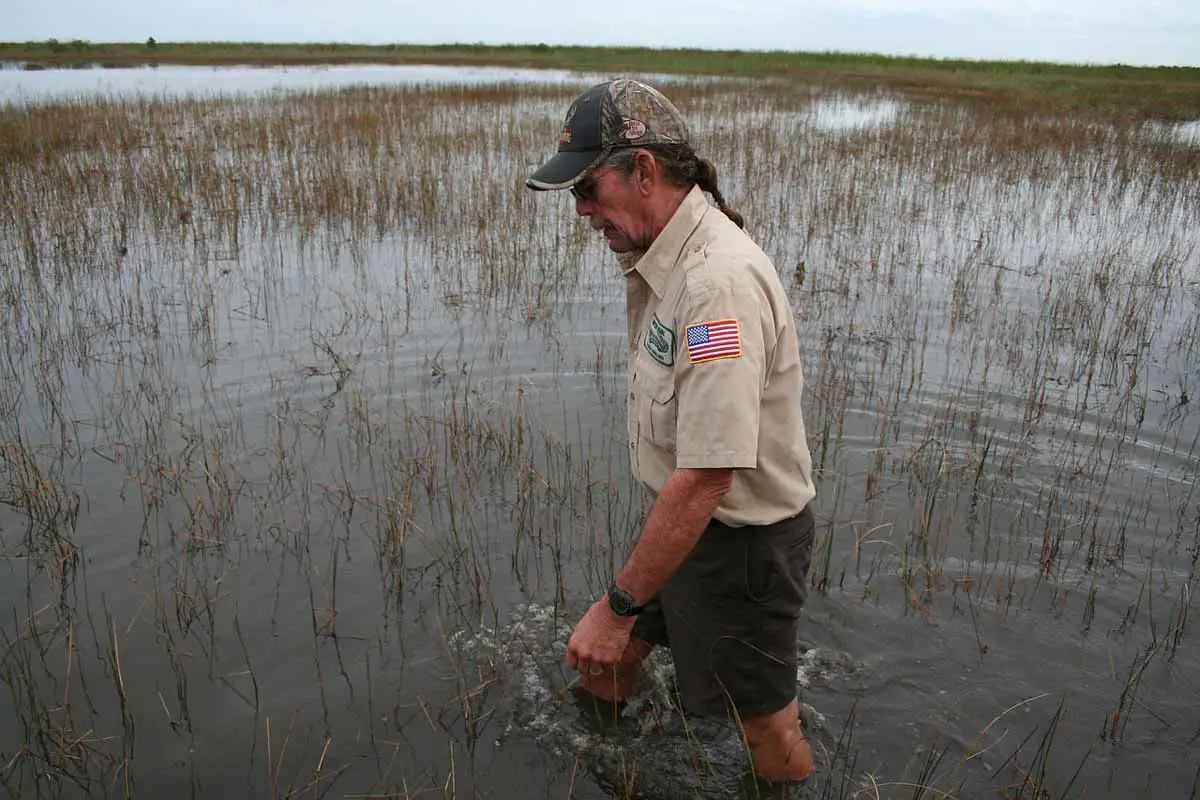
Game wardens are employees of the state or federal government to protect and manage wildlife, fisheries and other natural resources. As wildlife management officers, their job also involves looking out for any new species in the area. These could be invasive species!
They’re job responsibility, as commissioned law enforcement officers, also involves tracking down and apprehending poachers.
Game wardens make less than conservation scientists, on average. They bring In Median Annual Salary of $57,710.
However, a conservation job is more about taking care of the environment fulfilling one’s moral obligation than bringing in more salaries.
Last, but not the least in conservation careers; if you’re an aspiring conservationist, you should really apply to become a conservation volunteer!
What is the Conservationist Movement?
The Conservation Movement (also nature conservation) is a holistic movement involving political, environmental and social efforts to protect Earth’s nature resources. These resources include plants, animals and their concerned wildlife habitat; for now and future.
A more advanced Evidence-based conservation involves using scientific evidence to increase effectiveness of conservation efforts.
Initially, the conservation movement only involved fisheries and wildlife protection, water and soil conservation as well as sustainable forestry.
With worsening environmental impact, the movement has brought ‘preservation of biodiversity’ under its umbrella.
Earliest members of the conservation movement can be traced back to 1600s!
John Evelyn presented Sylva as a research paper to the Royal Society in 1662. Later, this was turned into a book and became one of the most influential texts ever published on forestry and its use.
